|
Disclosure: Please don't eat fruits, berries, seeds or any plant parts unless you are certain of the identification of the plant. Some native plants can be toxic! I am really into edible native plants. What could be more appealing than a beautiful, natural plant that feeds our native wild animals, and us too?! This is not the first time I've written about this subject. See my piece about eating beechnuts. Tonight I'm writing about my top 3 favourite native edibles, black chokeberry (Aronia melanocarpa), Common elderberry (Sambucus canadensis) and river grape (Vitis riparia), all of which we have in our biodiversity garden. Black chokeberry is a hideous common name, so I call it the more appropriate "Nina's favourite jam plant". The fruits make the most delicious jam, and they're loaded with antioxidants. Read more on the Wikipedia page on Aronia. All fruits are edible raw, but they are not what I'd call tasty until they've been cooked with sugar. We usually mix the three fruits together in random combinations -- warning, I often wing-it when I cook! We buy pectin at the grocery store and follow one of the recipes that comes in the box. We always make some jelly too, by mashing then straining the fruits to get pure juice (elderberry and river grape have large seeds). We often add lemon, and sometimes ginger. Sometimes we mix in store-bought fruits. Whatever works! We love to experiment and try new food combinations. Regardless, it is our favourite jam/jelly, and we eat it all winter long. Just over five years ago I came up with the term "biodiversity gardening" to describe gardening with native plants. On Earth Day 2011 I launched this educational website, and biodiversity gardening came into being. Gardening with native plants increases biodiversity, compared to conventional gardening practices utilizing alien plants. It is really quite a simple concept. Terrestrial ecosystems are comprised of species of plants, animals, fungi, bacteria, and other organisms that coevolved over evolutionary time. Many of the food webs are based on obligatory relationships, such as those of plants and leaf-feeding insects. There are many kinds of insects that feed on fresh green leaves, and they require the native host plants they coevolved with. They can't feed on alien plants. Essentially, a healthy ecosystem will have a diversity and abundance of native plants, which will support a diversity and abundance of native insects, which will in turn support healthy populations of other animals that feed on insects, such as birds. It is common knowledge that habitat loss is the number one cause of biodiversity decline today. In order to have habitat, you've got to have native plants. Native plants are the foundation of healthy ecosystems. Do your part -- transform your backyard into a biodiversity oasis with native plants. Start your biodiversity garden today. What a great way to celebrate Earth Day!
Many gardeners dutifully plant nectar sources for adult butterflies. But they may not be aware of the details of the life cycle of butterflies. Most butterflies require native plants in order to reproduce. Butterflies start out in life as eggs, then hatch into caterpillars. Most caterpillars are specialist feeders, and eat only a few species of native plants they coevolved with. Butterflies will only lay their eggs on their native host plants; caterpillars will eat only these same host plants. The typical North American garden full of alien plants such as periwinkle, hostas, Norway maple, etc., and even the so-called butterfly bush, will not feed our native caterpillars. If you want butterflies, you've got to have caterpillars, and caterpillars require the fresh green leaves of native plants. And, the flowers of native plants are excellent pollen and nectar sources for all pollinators. Most of us are aware that the monarch butterfly requires native milkweeds for its caterpillar. It is no exception. If all gardens had host plants for caterpillars, butterflies might not be in decline.
|
AuthorDr. Nina M. Zitani writes about biodiversity and conservation issues Archives
May 2023
Categories |
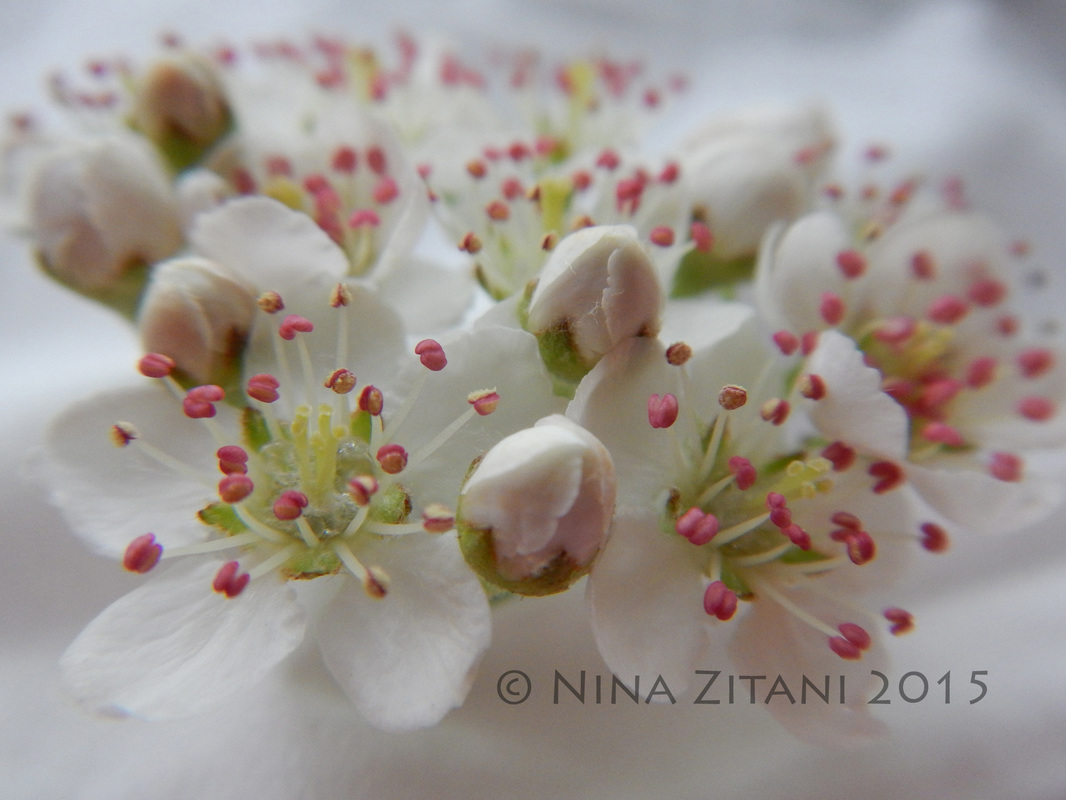
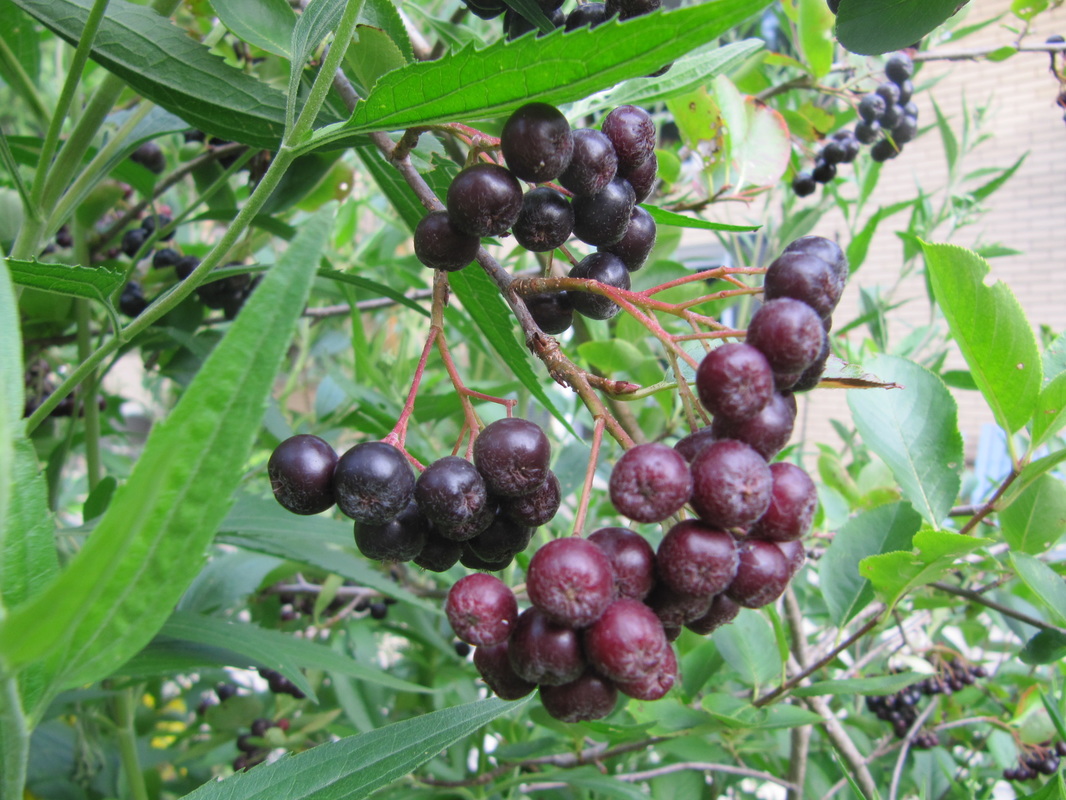
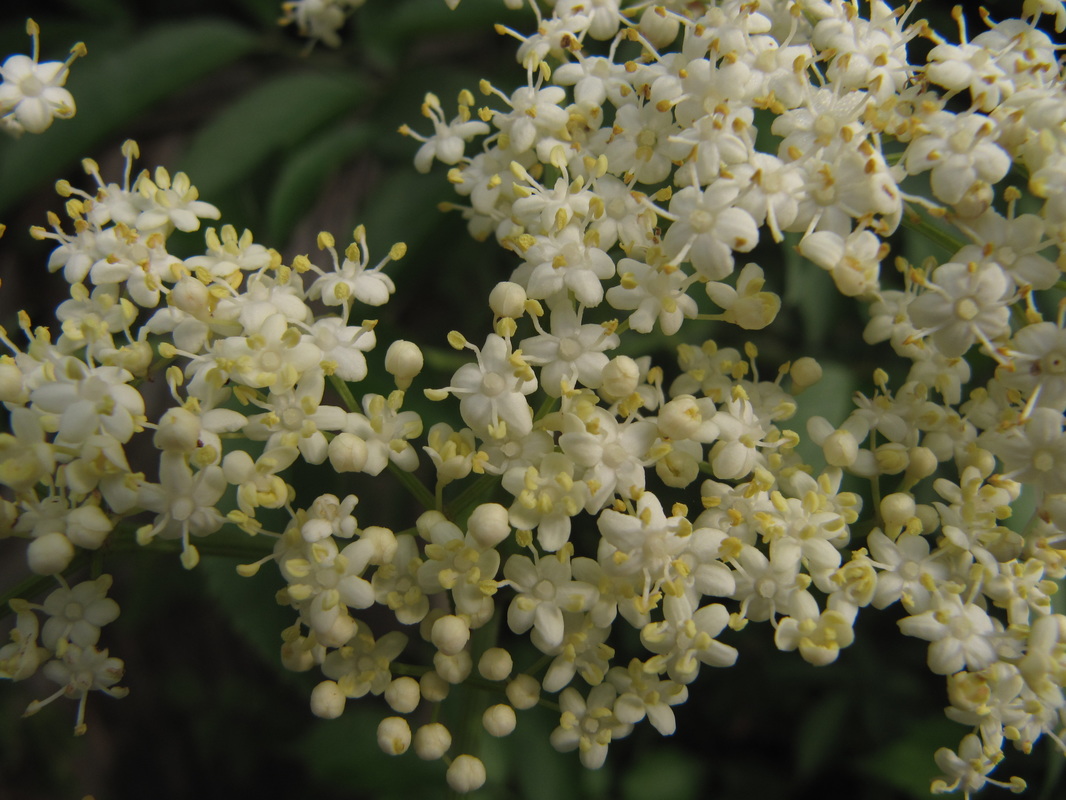
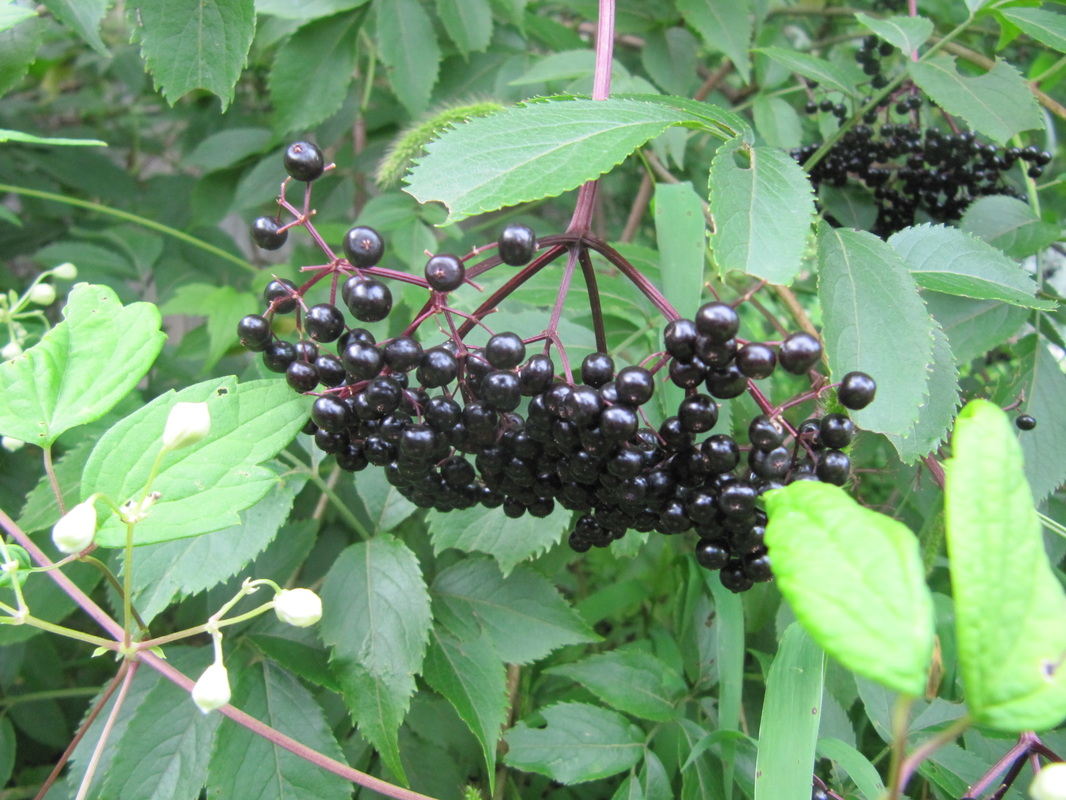
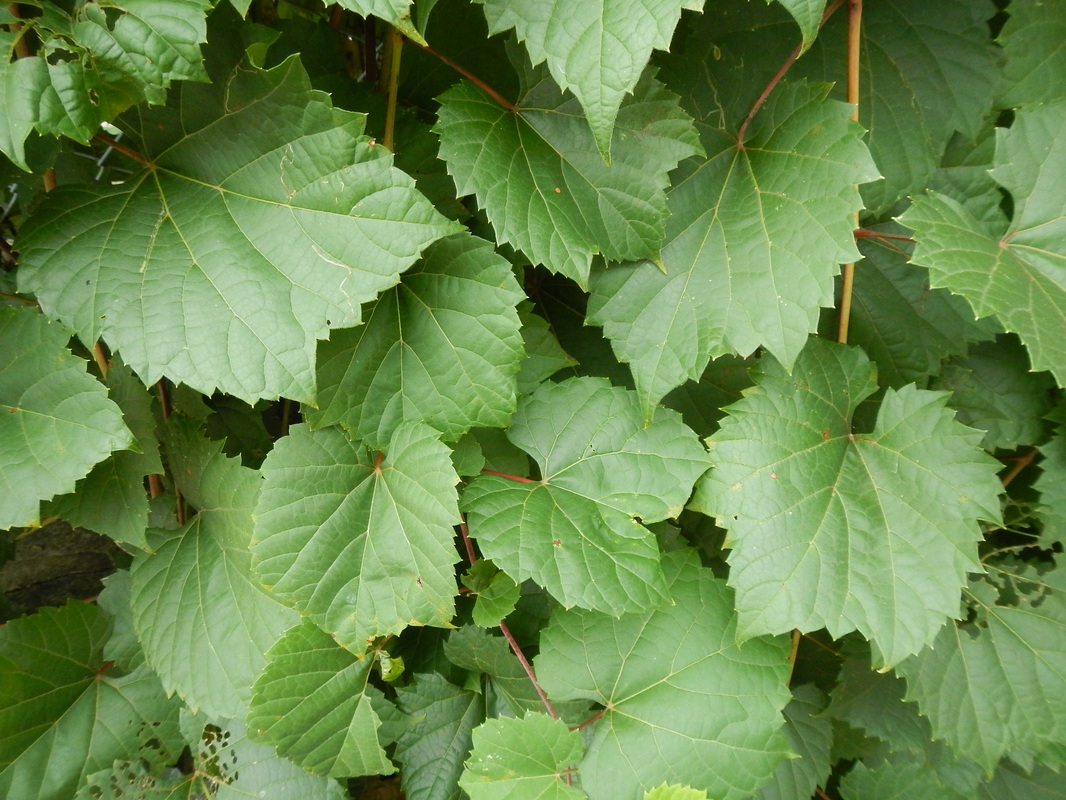
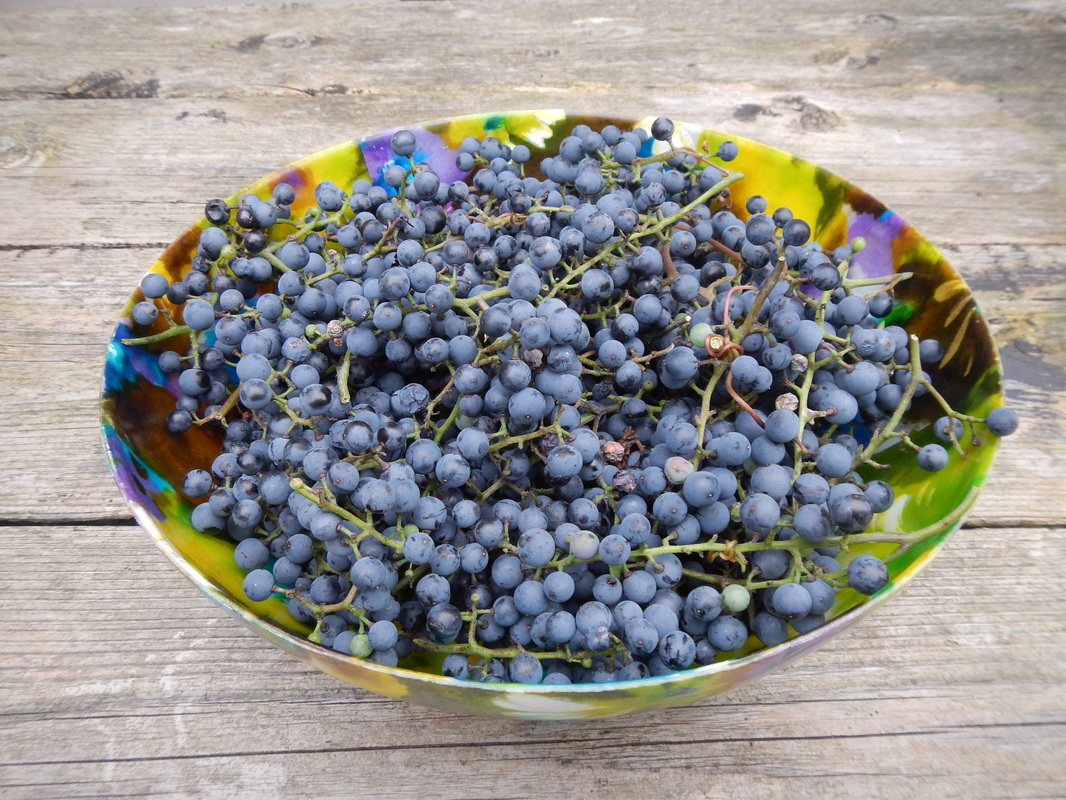
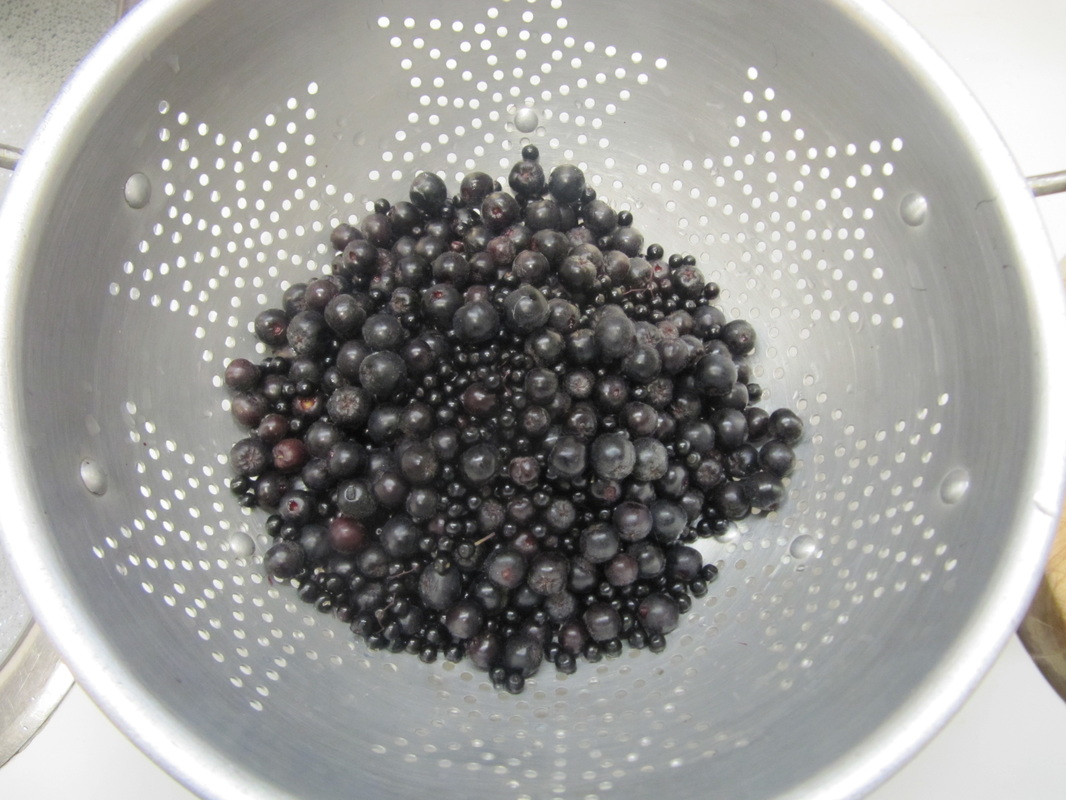
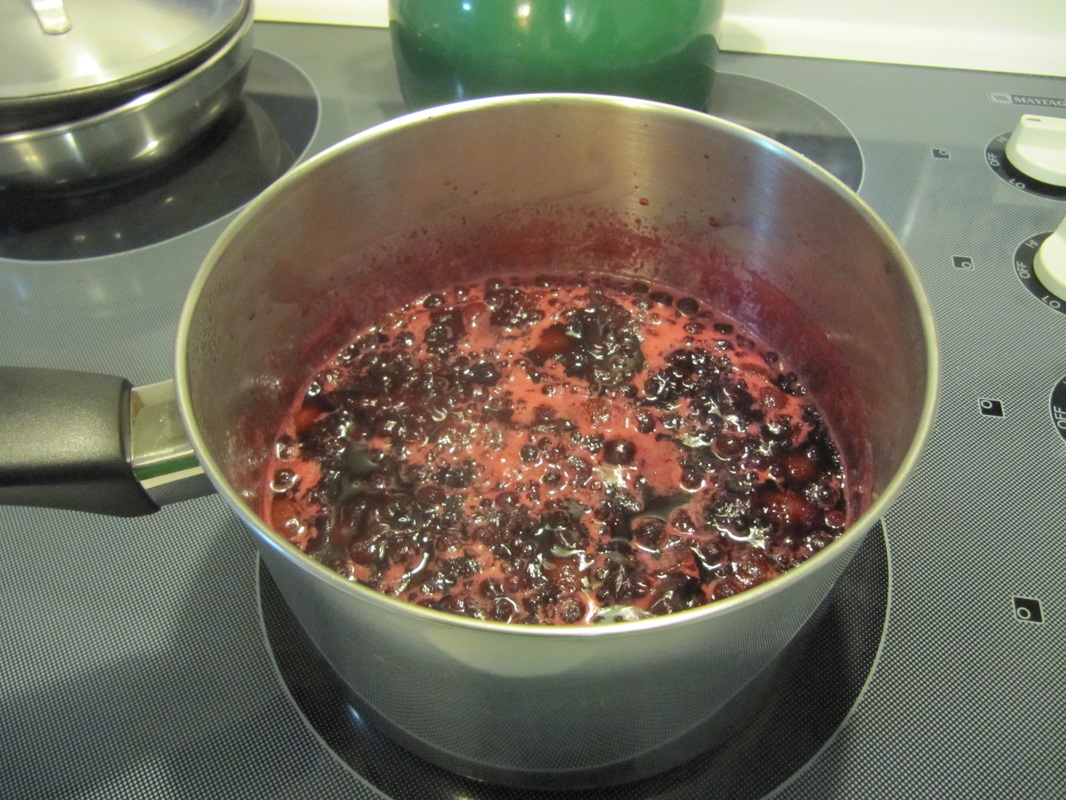
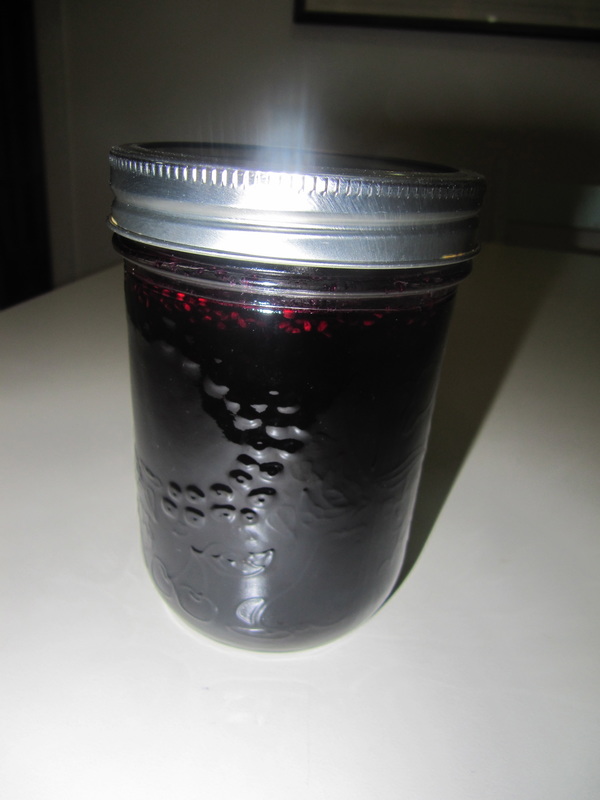
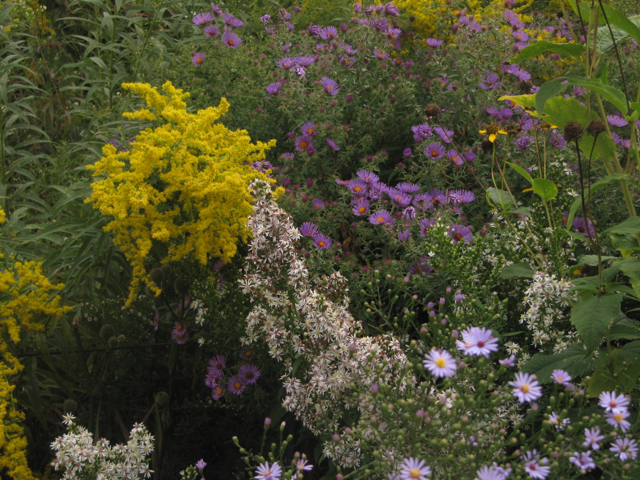
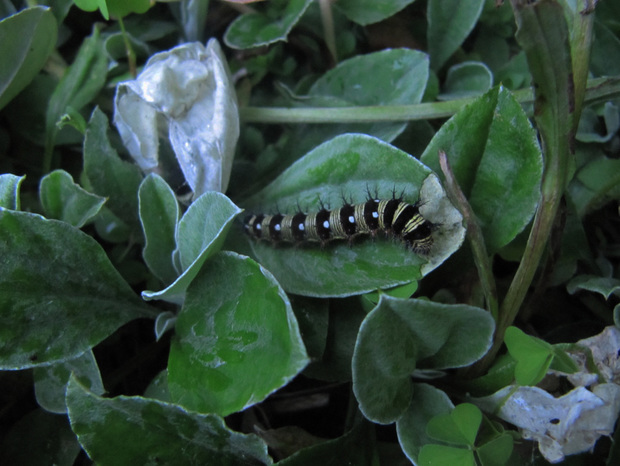
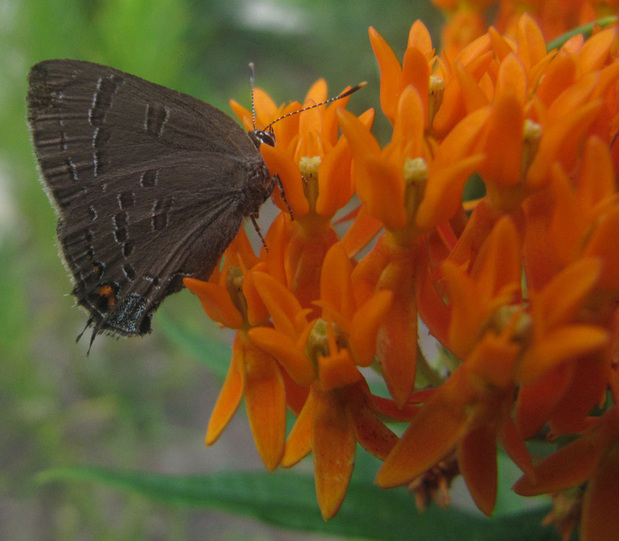
 RSS Feed
RSS Feed
